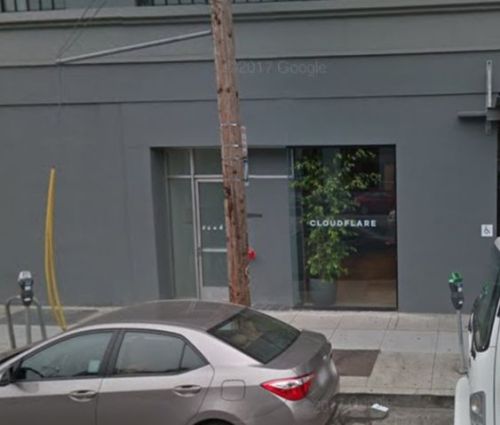Among the Earth, among the stars. They/them plural system, 30, pan. This is a blog about retrofuturism, americana, technology, and everything space
596 posts
Carnellousthecat - Spacefaring

-
 carnellousthecat reblogged this · 5 years ago
carnellousthecat reblogged this · 5 years ago -
 legionofsuperpets reblogged this · 8 years ago
legionofsuperpets reblogged this · 8 years ago -
 legionofsuperpets liked this · 8 years ago
legionofsuperpets liked this · 8 years ago -
 marjakapsimo reblogged this · 9 years ago
marjakapsimo reblogged this · 9 years ago -
 unconventionallyclassy liked this · 10 years ago
unconventionallyclassy liked this · 10 years ago -
 decadentlullaby liked this · 10 years ago
decadentlullaby liked this · 10 years ago -
 taylorstauft liked this · 10 years ago
taylorstauft liked this · 10 years ago -
 marceloguzman liked this · 10 years ago
marceloguzman liked this · 10 years ago -
 richardhomer liked this · 10 years ago
richardhomer liked this · 10 years ago -
 rustyrayguns-blog liked this · 10 years ago
rustyrayguns-blog liked this · 10 years ago -
 50sscifi reblogged this · 10 years ago
50sscifi reblogged this · 10 years ago -
 lovebaguette reblogged this · 10 years ago
lovebaguette reblogged this · 10 years ago -
 lo-key-glass liked this · 10 years ago
lo-key-glass liked this · 10 years ago -
 bigbenalpha liked this · 10 years ago
bigbenalpha liked this · 10 years ago -
 gunit1971 liked this · 10 years ago
gunit1971 liked this · 10 years ago -
 reginaldjuice liked this · 10 years ago
reginaldjuice liked this · 10 years ago -
 paeter liked this · 10 years ago
paeter liked this · 10 years ago -
 terrestrial-biological-entity reblogged this · 10 years ago
terrestrial-biological-entity reblogged this · 10 years ago -
 libris1968 liked this · 10 years ago
libris1968 liked this · 10 years ago -
 vintagegeekculture reblogged this · 10 years ago
vintagegeekculture reblogged this · 10 years ago -
 vintagegeekculture liked this · 10 years ago
vintagegeekculture liked this · 10 years ago
More Posts from Carnellousthecat

What’s encrypting your internet surfing? An algorithm created by a supercomputer? Well, if the site you’re visiting is encrypted by the cyber security firm Cloudflare, your activity may be protected by a wall of lava lamps.

Cloudflare covers websites for Uber, OKCupid, & FitBit, for instance. The wall of lamps in the San Francisco headquarters generates a random code. Over 100 lamps, in a variety of colors, and their patterns deter hackers from accessing data.

As the lava lamps bubble and swirl, a video camera on the ceiling monitors their unpredictable changes and connects the footage to a computer, which converts the randomness into a virtually unhackable code.

Codes created by machines have relatively predictable patterns, so it’s possible for hackers to guess their algorithms, posing a security risk. Lava lamps, add to the equation the sheer randomness of the physical world, making it nearly impossible for hackers to break through.

You might think that this would be kept secret, but it’s not. Simply go in and ask to see the lava lamp display. By allowing people to affect the video footage, human movement, static, and changes in lighting from the windows work together to make the random code even harder to predict.

So, by standing in front of the display, you add an additional variable to the code, making it even harder to hack. Isn’t that interesting?
via atlasobscura.com






It’s time for the long-awaited fifth installment in my Skeletons in Spacesuits series!
First, Karel Thole enters the canon with a 1978 cover for the Italian translation of James P. Hogan’s Inherit the Stars. Other artists in this photoset include Michael Gross and Don Maitz; You can find more info on each image over here.
Previously in the Skeletons in Spacesuits series: Part 1 | Part 2 | Part 3 | Part 4

Robot and Son by Marx
A magnet bouncing on a trampoline with iron filings, showing its magnetic field.
